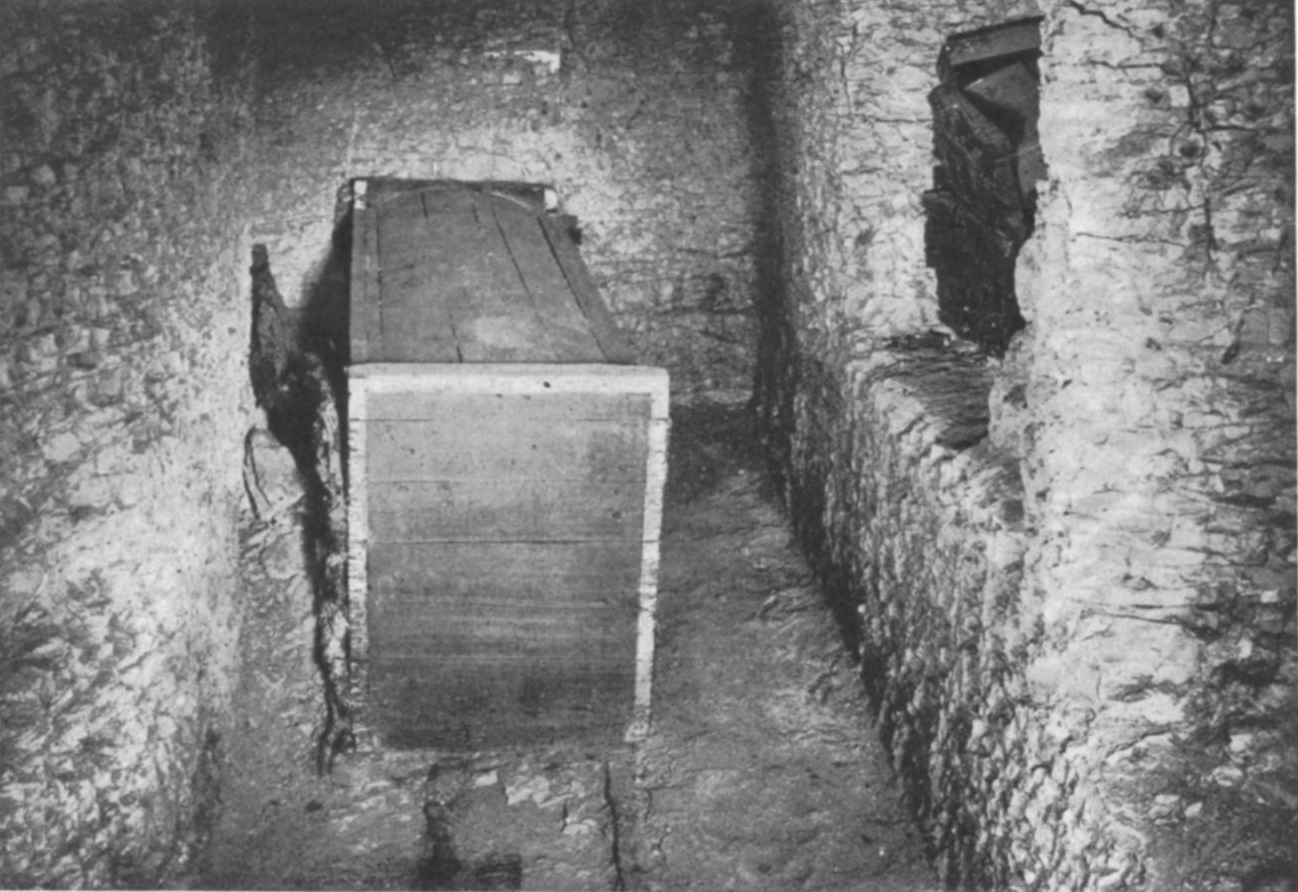Senebtisi on:
[Wikipedia]
[Google]
[Amazon]
 Senebtisi was an ancient Egyptian woman who lived at the end of the
Senebtisi was an ancient Egyptian woman who lived at the end of the
Online
.
 Senebtisi was an ancient Egyptian woman who lived at the end of the
Senebtisi was an ancient Egyptian woman who lived at the end of the 12th Dynasty
The Twelfth Dynasty of ancient Egypt (Dynasty XII) is considered to be the apex of the Middle Kingdom by Egyptologists. It often is combined with the Eleventh, Thirteenth, and Fourteenth dynasties under the group title, Middle Kingdom. Some s ...
, around 1800 BC. She is only known from her undisturbed burial found at Lisht
Lisht or el-Lisht ( ar, اللشت, translit=Al-Lišt) is an Egyptian village located south of Cairo. It is the site of Middle Kingdom royal and elite burials, including two pyramids built by Amenemhat I and Senusret I. The two main pyramids were ...
.
Very little is known about Senebtisi. On the objects found in her tomb she has the second name Zathapy (''daughter of Apis''). She bears the common title ''lady of the house''. Her husband or parents are not mentioned in her tomb.
The burial of Senebtisi was found by an American expedition in 1907 at Lisht as part of the funerary complex belonging to the vizier
A vizier (; ar, وزير, wazīr; fa, وزیر, vazīr), or wazir, is a high-ranking political advisor or minister in the near east. The Abbasid caliphs gave the title ''wazir'' to a minister formerly called ''katib'' (secretary), who was a ...
Senusret. Her burial was found at the bottom of a shaft in a chamber north of this shaft.
The mummified
A mummy is a dead human or an animal whose soft tissues and organs have been preserved by either intentional or accidental exposure to chemicals, extreme cold, very low humidity, or lack of air, so that the recovered body does not decay furt ...
body of Senebtisi was placed in a set of three coffins. There was an outer wooden coffin, inscribed with text, but only badly preserved. There was a middle coffin with only an inscription on gold foil on the lid. The innermost coffin was human shaped but only very badly preserved. Senebtisi was adorned with an array of personal adornments, many of them made especially just for the burial. There are three broad collars, armlets and anklets and several bead necklaces. The body was also adorned with an array of weapons and royal insignia. Around the pelvis she was wearing a royal apron. Next to the coffin were found in a niche a canopic chest
Canopic chests are cases used by ancient Egyptians to contain the internal organs removed during the process of mummification. Once canopic jars began to be used in the late Fourth Dynasty, the jars were placed within canopic chests. Although the ...
with the four canopic jar
Canopus (, ; grc-gre, Κάνωπος, ), also known as Canobus ( grc-gre, Κάνωβος, ), was an ancient Egyptian coastal town, located in the Nile Delta. Its site is in the eastern outskirts of modern-day Alexandria, around from the cente ...
s. At the foot end of the coffin were discovered many pottery vessels.
Senebtisi was originally dated to the early 12th Dynasty, as her burial is part of the funerary complex of the vizier Senusret, who lived under Senusret I
Senusret I (Middle Egyptian: z-n-wsrt; /suʀ nij ˈwas.ɾiʔ/) also anglicized as Sesostris I and Senwosret I, was the second pharaoh of the Twelfth Dynasty of Egypt. He ruled from 1971 BC to 1926 BC (1920 BC to 1875 BC), and was one of the most ...
and Amenemhat II
Nubkaure Amenemhat II, also known as Amenemhet II, was the third pharaoh of the 12th Dynasty of ancient Egypt. Although he ruled for at least 35 years, his reign is rather obscure, as well as his family relationships.
Family
Archaeological fi ...
. More recent research has shown that she more likely dates to the end of the 12th Dynasty.
A full excavation report of the tomb appeared in 1916. Arthur C. Mace, Herbert E. Winlock: ''The Tomb of Senebtisi at Lisht'' (= ''Publications of the Metropolitan Museum of Art Egyptian Expedition.'' Band 1). The Gillis Press, New York 1916Online
.
References
{{Commons category, Senebtisi